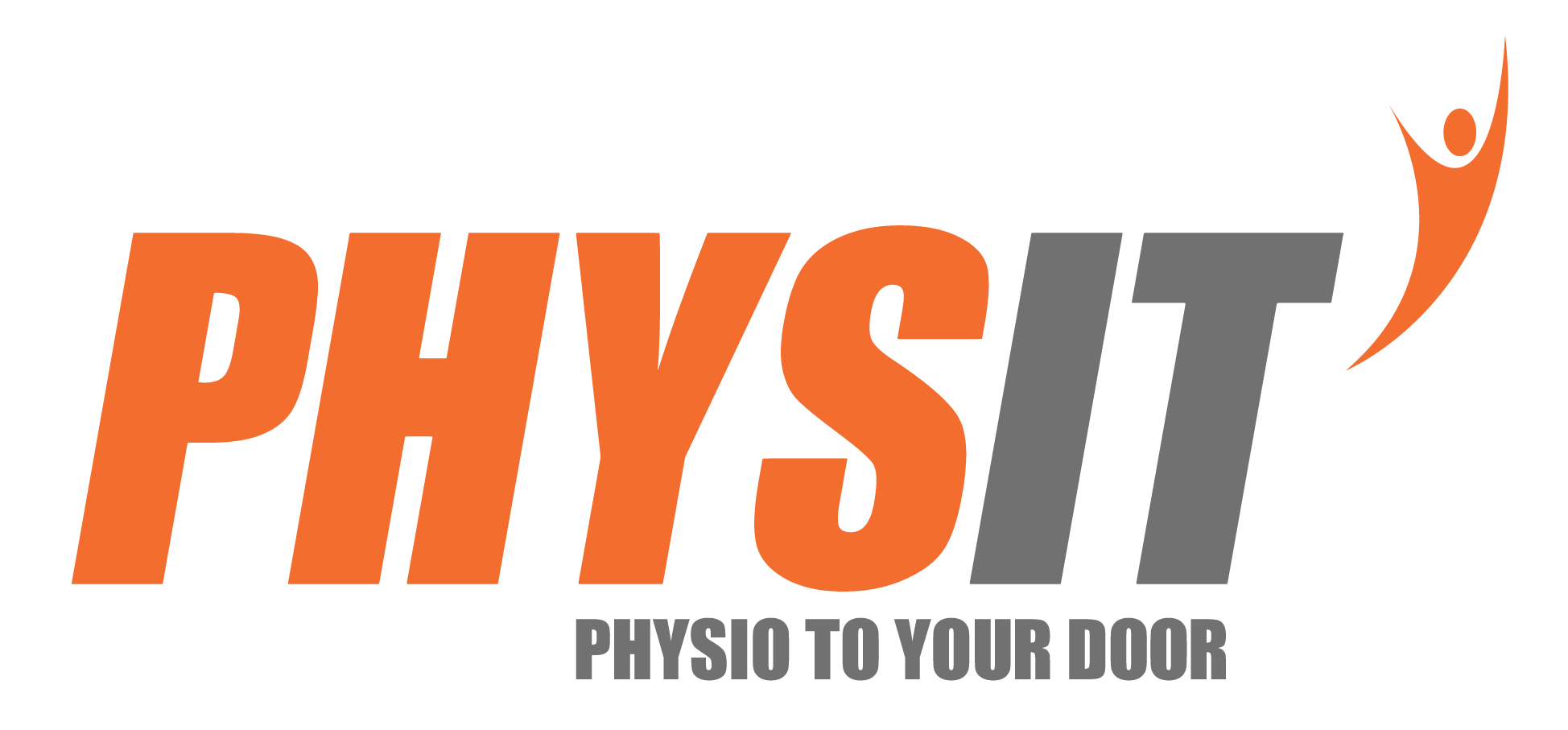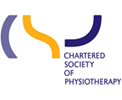
There are numerous schools of thought as to what is considered appropriate rehabilitation. As an MSK physio I have always believed in two key aspects of rehab: safety and fun. At University, I resisted the temptation to learn rehabilitation from a book feeling it would squash any holistic creativity. I therefore embarked on deriving programs and movement sequences from my back ground of: dance, Pilates, sport and yoga. From pilfering moves I see in a yoga class to combining sports specific moves with ballet. I truly believe if we can create joy in movement we can produce astounding results irrespective of condition.
The most prevalent excuse for clients avoiding their rehabilitation is normally down to busy schedules and boredom. And having seen some of the exercises I can appreciate the latter. As a Physio, we rely upon feedback and an understanding of the client to make rehab a unique and enjoyable experience. I have recently taken over the case of Daniel, an 87-year-old gent who was rather deconditioned with a fear of falling and a known “wobble” when balancing on his left leg due to a previous neural implication. Since training with us Daniel has progressed from strength to strength. His rehab doesn’t consist of boring exercises which are defined by his age. We set up challenging circuit of mini Olympics in back garden. From utilizing mini hurdles to the 20m dash to sequenced movements against the clock for upper and lower limb proprioception drills. To this day, I’m not sure his daughter believes that her dad can jog up and down the garden smiling. Daniel has always been worried about his “wobble” which can reduce his confidence when mobilizing independently. By practicing a variety of balance drills that evoke the wobble we reduced his fear and challenged his perceptions of his condition. The wobble its self could be very dangerous for an elderly person living on their own but making Daniel safe and practicing strategies to compensate and even laugh when he does a few “interesting” steps, has helped him to reduce the feelings of panic he initially felt.
In fact, it was Daniel’s interesting back step, wobble, shuffle that made me wonder whether he could dance. On asking his face lit up and he mentioned he had 6 aunties who were all part of a dance troop in their youth. The Olympics assault course was swiftly packed up and out came a jazz record. Daniel has now learnt a sequence of four linked dance moves incorporating: swing, the Charleston, basic aerobics and ballet. The routine tests his memory, balance, coordination, endurance, rhythm, proprioception and timing. Gone are the days of counting to 10 reps as the only counting we do is for a beat to waltz to! Daniel’s shyness has been replaced by energy and his confidence rocketed. He is a pleasure to rehabilitate and a true reminder that rehabilitation should never be dull. Engage the brain to energize the body, find a passion and add some creativity. Daniel took great joy in telling me he was even motivated to practice independently – something he has never managed to do! It’s amazing what can make a physio’s day!






